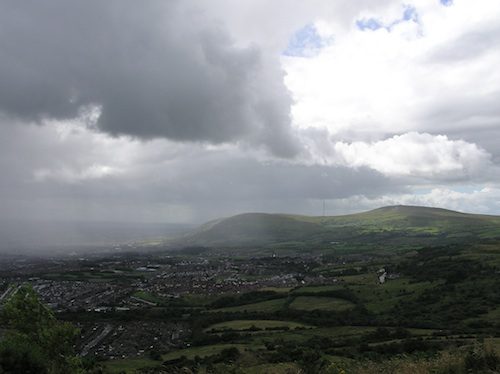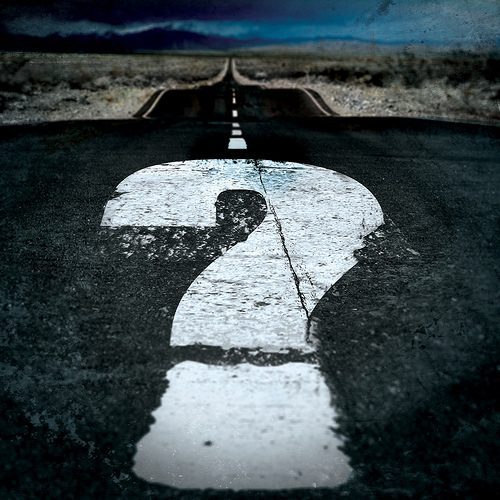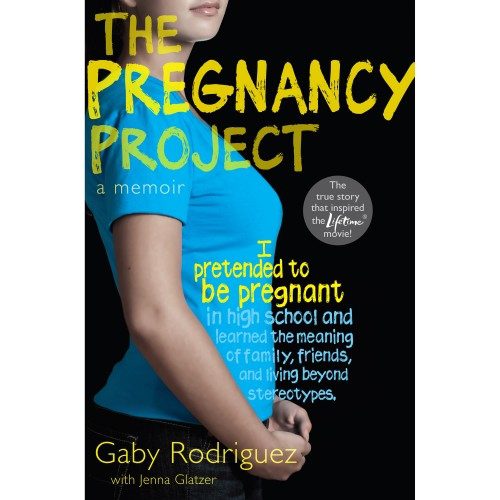
Been here, haven’t you?
I am currently flying over the Atlantic (away from Paris and our 9-month adventure here), but in honor of the occasion, I have dredged up a poem I wrote in a writing workshop at Simon’s Rock College when I was seventeen.
I thought I was so wise, but really I just flew a lot to and from school… and got melancholy on those flights.
So here it is… and if you ever wondered why all the poems I’ve shared are over a decade old, read these confessions about poetry.
“See you” when I’m back in the States.
Arrival
I.
The trembling handle, humming floor,
A bead of condensation licking down
Cupped hands of the vacant toilet bowl;
Each row’s portal of blue
Bent inward by the sight
Of the tangled hair of clouds;
Slow spreading of stale
Dinner smells through the cabin
Aisles in hot, sour gusts;
Glimpse of tight breasts
Fondled by the rough hand
Of a wool sweater, seen between
The crooked backs of seats;
The pressure of a gray handkerchief
Knotted around dirty strands of hair,
This plane, an old woman made small
By the wide arms of air, or
A moth flapping over an ash heap.
II.
When you fly, you forget your name,
Become some nocturnal creature
Hunched over the stiff fabric
Of 16-A or 34-C. There’s the steam
That rises from glistening foreheads,
Damp palms, bodies lined up carefully
and numbered. Even the finger-stripped
Magazines meet you unprepared,
Cramped in your seat, bleary,
Unsure of the world. For here,
Pressed in against some lambskin
Coat, the fleece balled up
Like cotton weeping on its stalk,
You are neither where you are going
Nor where you came from. You are
16,000 feet above your city limits, your dry-
mouthed hopes, your three kids,
Your electric razor. Heart,
What is that? No answer, just a vision
Of marked exits and, nearby, the low
Rattle of breath.
III.
In the airport, you blink.
You blink. You blink. The swollen
Eyes of high lamps blaze down, a dozen
Scornful suns. Something heavy
Gripped in your hand and a lingering
Itch on one arm remembers the dry
Scratch of the puckered seat. Water-
Spotted leather shoes two steps ahead
Tap out a path through a long corridor,
One hundred four
Other pairs of feet scuffing, wheels
Clack-clacking over low seams
Of tiles. You are glassed into this passage;
Windows stretch thin between frames,
Meeting night with only half an inch of skin.
Below, planes drag their burdensome bodies
Across pavement. Blue, red, orange
Lights scan, flicker, pulse, quarreling
In the bustle, illuminating
The oily memories of palms, fingertips,
Which tomorrow will be wiped clean.
And in the glass, a face skims, reflected.
Yes, rolled pieces of night, eyes
Tugged on by the darkness,
Also the crook of an ear, slash for a nose
Lips uncertain of the hour.
And the shadowy thing of skin,
This face . . . whose?
And . . . can you claim it as yours?
But wait, no fear! There, a voice,
Your name, up ahead the familiar glow
Of the familial grin — recognition!
Your relief now accompanied by the shallow
Breaths usually reserved for moments
After brief love-making or mild exercise.














